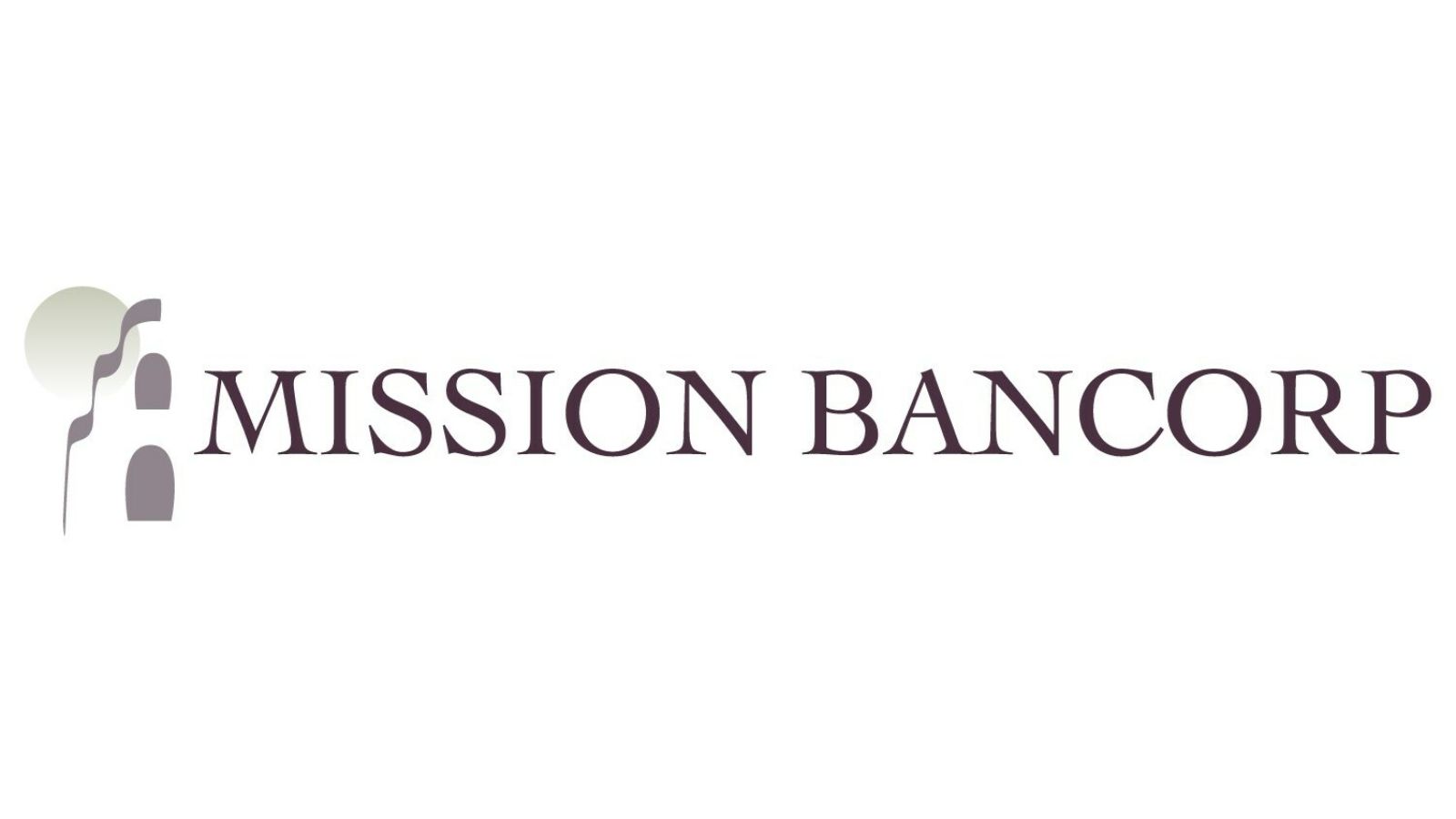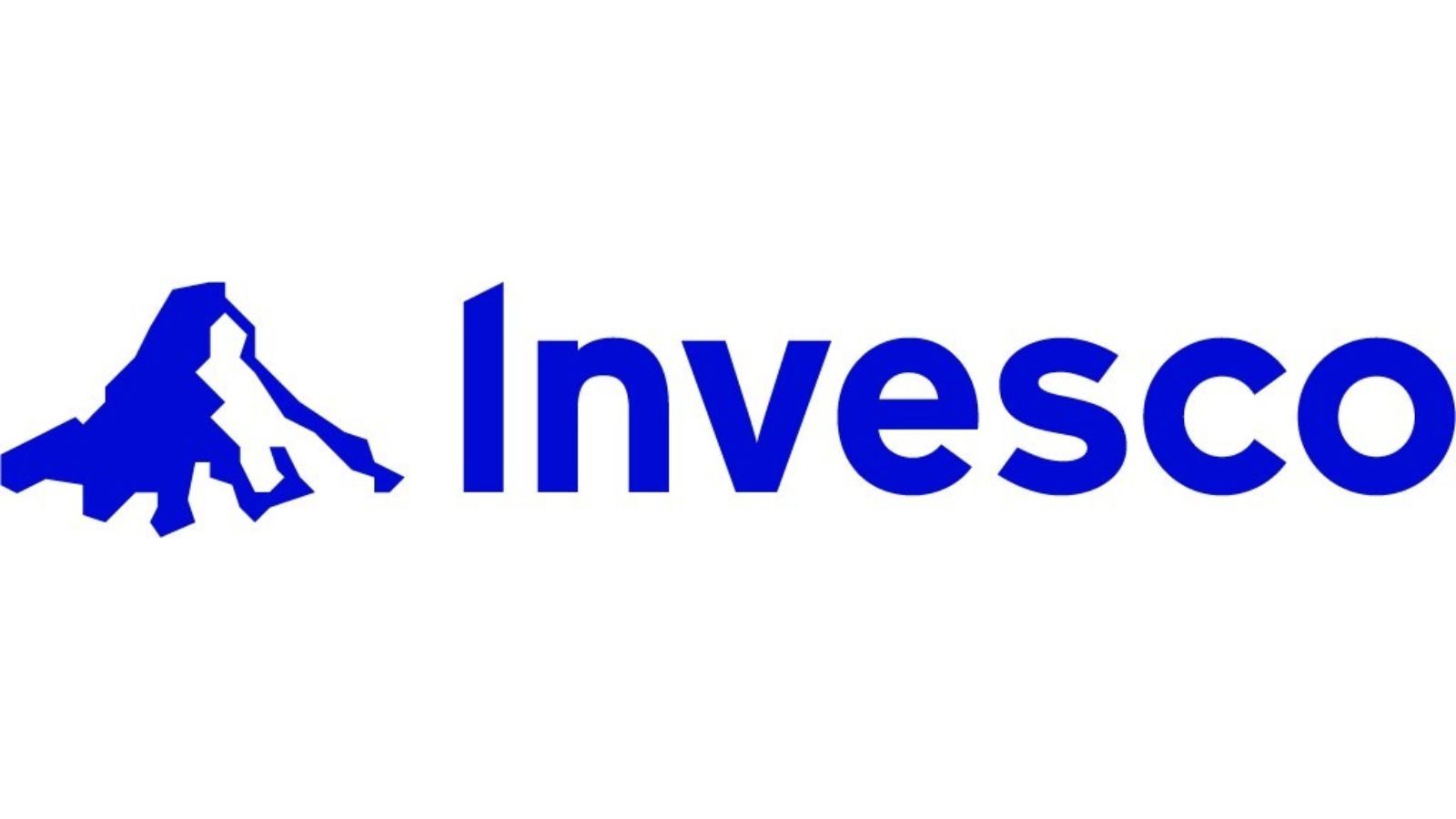Image credit: zoho.com
Navigating the rapid pace of today’s business landscape presents a formidable challenge: managing expenses. Whether it’s overseeing travel costs, office supplies, marketing expenditures, or business entertainment, maintaining a firm grip on expenses is essential for financial stewardship and organizational transparency.
By laying out precise directives and protocols for employee spending, you can streamline reimbursement procedures, safeguard against misuse of company resources, and foster accountability throughout your organization.
But what exactly constitutes an expense policy, and why is it indispensable? How can you craft a comprehensive policy tailored to your organization’s distinct requirements? Today, we’ll delve into these inquiries, furnishing practical insights for devising an expense policy that delivers results!
So, grab your pen (or keyboard) as we embark on a journey toward financial efficiency. Let’s commence by grasping the fundamentals of an expense policy.
Image credit:empowerrd.com
Importance of expense policy
An expense policy serves as a cornerstone for effective financial management within an organization, fulfilling several critical functions:
Financial Control: The policy facilitates monitoring and regulation of the company’s expenditure, ensuring that funds are allocated solely to approved business-related expenses. This control is particularly vital for small businesses, where prudent spending directly impacts profitability.
Transparency and Fairness: A well-articulated policy outlines reimbursable expenses and eligibility criteria, fostering fairness among employees. It establishes clear guidelines to ensure equitable treatment and eliminates ambiguity or favoritism in expense management.
Efficiency: Streamlining the expense reporting and reimbursement process saves time for both the finance team and employees. Utilizing automated systems, as discussed later in this guide, further enhances efficiency, reducing administrative burden and accelerating reimbursement cycles.
Compliance: Compliance with tax laws and regulations is imperative, especially concerning deductible business expenses in regions like the UK. An expense policy aids in adherence to regulatory requirements, mitigating the risk of penalties and optimizing tax liabilities.
Fraud Prevention: Clear policy guidelines act as a deterrent against expense fraud, a pervasive issue in some organizations. By establishing boundaries and implementing detection mechanisms, the policy safeguards the company’s financial integrity and minimizes the risk of fraudulent claims.
Budgeting and Forecasting: Effective expense management facilitates accurate forecasting and budgeting processes. Monitoring and controlling expenses enable the finance team to project future costs, allocate resources prudently, and contribute to the company’s growth and sustainability.
In essence, an expense policy is not just a bureaucratic requirement but a strategic tool that underpins financial governance, transparency, and operational efficiency within an organization.
Crafting an Effective Expense Policy for Your Organization
Such a policy establishes the groundwork for clear directives and procedures that bolster accountability and financial oversight. To fashion an impactful expense policy, commence by clarifying its objectives and delineating permissible expenses and budgetary constraints. Implement spending caps, institute approval protocols, mandate documentation, and furnish explicit directives to ensure adherence. Employing expense management tools can further streamline the process. By tailoring a comprehensive expense policy to your organization’s requirements, you can cultivate transparency and operational efficiency in expense management.
Understanding the Fundamentals of an Expense Policy
An expense policy stands as a cornerstone for any organization, offering vital guidance and regulations concerning employee expenditures, thereby fostering transparency and accountability. This policy delineates the eligible expenses for reimbursement, delineates spending limits for employees, and elucidates the approval mechanisms in operation. Through the implementation of a meticulously crafted expense policy, organizations can adeptly steer their financial resources while furnishing employees with a clear framework regarding company reimbursements.
Expense policies fulfill multiple roles within an organization. They demarcate the boundaries for employee spending, mitigating the risk of fund misappropriation or misuse. Moreover, these policies ensure uniformity in reimbursement procedures throughout the organization and aid in cost management by setting explicit budgets and expenditure boundaries. By instituting an effective expense policy, organizations can streamline their financial operations and instill a culture of fiscal prudence among their employees.
Why do you need an employee spending policy?
The necessity of an employee spending policy is underscored by the exigencies of today’s dynamic business milieu. Organizations must establish a concise and unambiguous expense policy to forestall ambiguity, disparities, and potential fiscal ramifications.
An expense policy serves to elucidate the company’s stance on spending parameters, permissible expenses, reimbursement protocols, and documentation prerequisites to employees. It acts as a bulwark against unauthorized or extravagant expenditures, fostering judicious resource utilization. By delineating directives on the utilization of company funds, an expense policy mitigates the likelihood of fraudulent activities or misappropriation and engenders transparency in financial governance.
Creating an Expense Policy
Crafting an Expense Policy is a pivotal measure for any organization aiming to manage and oversee spending effectively. It involves establishing transparent guidelines and procedures to ensure proper documentation, approval, and reimbursement of expenses.
The initial step in this process is determining the policy’s purpose – whether it’s cost control, efficiency enhancement, or regulatory compliance. Once the purpose is clarified, organizations can proceed to define eligible expenses and budgets.
Defining eligible expenses is crucial to specify what expenses can be reimbursed by the company. This entails setting limits on various categories like travel, office supplies, marketing, or business entertainment. Additionally, organizations should articulate non-reimbursable expenses, such as personal purchases or luxury items. Setting spending limits ensures employees adhere to budget constraints while fulfilling their duties. Approval processes are essential to maintain accountability by mandating that managers or supervisors review and approve expense claims before reimbursement.
#1) Purpose of the Expense Policy
Understanding why an expense policy is necessary is critical for crafting an effective one. The purpose of such a policy is to establish clear guidelines and boundaries regarding employee spending of company funds. It ensures resources are utilized appropriately, mitigates potential financial risks, and fosters transparency.
By defining the purpose, organizations set the tone for the policy’s objectives, whether it’s cost control, legal compliance, or promoting responsible financial behavior. Identifying these goals guides the creation of a comprehensive policy aligned with organizational needs and objectives.
#2) Define Eligible Expenses and Budgets
An essential aspect of creating an effective expense policy is defining eligible expenses and budgets. This ensures employees understand reimbursable expense types and their maximum amounts.
To begin, clearly outline which expenses qualify for reimbursement, such as travel, office supplies, or marketing. Provide specific examples and guidelines to avoid ambiguity. Establishing budgets for each category helps manage finances effectively while enabling necessary expenditures.
#3) Non-Reimbursable Expenses
Defining non-reimbursable expenses is crucial to prevent misunderstandings and misuse of company funds. These expenses typically don’t align with organizational goals or values and may include personal or extravagant items.
Examples of non-reimbursable expenses could be personal travel, fines, unapproved gifts, or excessive dining during business outings. Clarifying these examples helps employees make informed spending decisions and maintain financial integrity.
#4) Set Spending Limits
Setting spending limits is vital to prevent overspending and ensure responsible resource utilization. Clear boundaries guide employees in adhering to budget constraints while fulfilling their duties.
Spending limits maintain financial discipline and accountability within the organization. They provide guidelines for various expense categories, ensuring prudent spending practices.
#5) Establish Approval Processes
Establishing approval processes promotes accountability and prevents unauthorized spending. Designating individuals or departments to review and approve expense claims ensures adherence to policy guidelines and budget restrictions.
Approval processes ensure transparency and compliance with organizational financial policies. They uphold control over expenditures and prevent misuse of company funds.
#6) Require Receipts and Documentation
Requiring receipts and documentation is essential for accurate record-keeping and transparency. This practice prevents fraudulent or unauthorized spending and aids in tracking expenses.
Documenting every expense allows for easy tracking and identification of discrepancies. It facilitates audits and informed decision-making for cost optimization.
#7) Provide Clear Guidelines
Providing clear guidelines ensures employees understand reimbursable expenses and procedures. Avoiding ambiguity fosters compliance and prevents misunderstandings.
Clearly define eligible expenses, submission procedures, and approval processes. Use language accessible to all employees to enhance comprehension and adherence to the policy.
#8) Check Regulation Compliance
Ensuring compliance with regulations mitigates legal risks and promotes transparency. Regular reviews against applicable laws and regulations prevent penalties and maintain integrity.
Stay updated on regulatory changes and assess policy adherence regularly. Compliance safeguards the organization and employees from legal issues associated with improper expense practices.
#9) Use Employees’ Language
Using language familiar to employees enhances comprehension and promotes inclusivity. Avoid complex jargon to ensure clarity and accessibility for all staff members.
Tailor language to resonate with employees’ everyday experiences and provide explanations for unfamiliar terms. Making the policy relatable fosters compliance and understanding.
#10) Monitor and Enforce the Policy
Monitoring and enforcing the policy ensure compliance and financial control. Regular audits and consequences for non-compliance maintain accountability and adherence.
Establish consequences for policy violations and communicate them clearly to all employees. Regular reminders and training sessions reinforce policy adherence and foster a culture of responsibility.
#11) Utilize Expense Management Solutions
Leveraging expense management solutions streamlines the expense management process. Automated tracking and reporting enhance accuracy and efficiency.
Expense management solutions simplify expense submission and approval, reducing manual tasks and errors. They provide valuable insights into spending patterns for informed decision-making.
#12) Key Components of an Expense Policy
Key components of an effective expense policy include the policy brief, defining eligible expenses, setting spending limits, establishing approval processes, and requiring documentation. These components ensure clarity and consistency in expense management.
The policy brief outlines the policy’s purpose and objectives, guiding subsequent elements. Defining eligible expenses and budgets ensures employees understand reimbursable expenses and spending limits. Approval processes promote accountability and transparency, while documentation requirements aid in record-keeping and compliance.
Addressing non-reimbursable expenses and checking regulation compliance prevent misuse and legal issues. Providing clear guidelines and using employees’ language enhance comprehension and adherence. Monitoring and enforcing the policy maintain accountability and financial control, while utilizing expense management solutions streamlines processes and enhances efficiency.
By incorporating these key components into the expense policy, organizations establish a comprehensive framework for managing expenses effectively while promoting financial integrity and transparency.
#13) Policy Brief and Purpose:
Crafting an effective expense policy begins with a clear and concise policy brief and purpose. This section outlines the key objectives of the policy and identifies its intended audience. It serves as a guiding document that sets the tone for the entire expense policy.
The policy brief should clearly state why the organization needs an expense policy in place. Whether it’s to maintain financial stability, control spending, or ensure compliance with regulatory requirements, this section provides a solid foundation for expense management efforts. By defining the purpose upfront, all subsequent elements of the policy can align to achieve desired outcomes.
#14) Policy Elements:
When crafting an effective expense policy, defining key elements is crucial to guide employee spending. These elements form the foundation of the policy, ensuring consistency and transparency.
Outline roles and responsibilities of employees and management regarding expenses. Specify who can approve expenses, who reviews and processes reimbursements, and any other relevant personnel involved. Detail how expenses should be documented and submitted, including any required forms or templates. Establishing clear policies upfront prevents confusion or misunderstandings.
Address specific guidelines related to expense categories within the organization. For instance, provide detailed instructions on eligible transportation types for travel expenses or specify restrictions on office supplies or marketing expenses. Focusing on these key policy elements ensures an effective framework for expense management while maintaining fairness and consistency across departments.
#15) Procedure:
After defining key policy elements, outline procedures for employees to follow when submitting expenses. This ensures consistency and clarity in the process.
Clearly communicate how expenses should be documented and submitted, specifying receipt formats and any required documentation. Outline the approval process, indicating who reviews and approves expense reports and any escalation processes. Define submission and approval timelines so everyone understands expectations.
Establishing a clear procedure streamlines reimbursement and maintains transparency. It ensures employees understand expectations for documenting expenses.
#16) Defining Eligibility for Reimbursement
Defining Eligibility for Reimbursement is a crucial aspect of creating an effective expense policy for your organization. It establishes clear guidelines for employees, ensuring they understand which expenses will be covered and reimbursed, thus avoiding confusion or misunderstandings.
#17) Specify Qualifying and Non-Qualifying Expenses:
In crafting your expense policy, it’s essential to specify which expenses are eligible for reimbursement and which are not. This clarity helps employees discern between business-related costs that will be covered and personal expenditures that won’t.
Qualifying expenses typically encompass necessary business expenditures, such as travel expenses, office supplies, client meetings, and marketing initiatives. On the other hand, non-qualifying expenses may include personal purchases or luxury items that do not directly contribute to the organization’s objectives. By clearly delineating these categories, employees can easily determine the appropriateness of an expense for reimbursement, minimizing potential disputes or misunderstandings.
#18) Outline Procedure Steps:
An effective expense policy also outlines the procedural steps employees must follow when submitting expenses for reimbursement. This ensures consistency and efficiency in the reimbursement process.
Firstly, details how employees should submit their expense reports, whether through an online platform or a physical form. Provide comprehensive instructions on the required information, such as dates, expense descriptions, and supporting documentation like receipts.
Next, specify the approval process for expense reports, indicating who needs to review and authorize them. This may involve supervisors reviewing and signing off on each report or delegating approval to a designated finance team. By establishing a clear workflow, you streamline the reimbursement process, reducing confusion and delays.
Overall, defining eligibility for reimbursement and outlining procedural steps are essential components of an effective expense policy. They provide employees with clarity and guidance, ensuring consistent adherence to expense management protocols within the organization.
#19) Educating employees on procedures
It is vital for an effective expense policy. Clear guidelines ensure all understand how to submit expenses and seek reimbursement.
Communicate policy objectives to emphasize transparency and financial accountability. Provide step-by-step instructions for completing expense reports, including required documentation and approval processes.
Empowering employees with this knowledge reduces errors and encourages policy compliance. Regular reminders and training sessions reinforce these procedures and keep everyone informed of any updates. By ensuring all employees understand procedure guidelines, expense management becomes streamlined and accountable.
#20) Maintaining consistent documentation
It is essential for an effective expense policy. It ensures clarity and prevents disputes by accurately recording all expenses.
Consistent documentation facilitates tracking spending patterns, identifying discrepancies, and ensuring policy compliance. It fosters transparency and accountability, benefiting both employees and management. Emphasize the importance of thorough documentation in promoting accuracy, efficiency, and financial responsibility.
#21) Encouraging employees to retain receipts
It is crucial. Receipts serve as proof of purchase, aiding in documentation and reimbursement processes. They protect both the company and employees during disputes or audits, verifying expenses and preventing misunderstandings. Promptly remind your team to keep receipts after purchases to uphold responsible spending practices.
#22) Eliminate gray areas
To craft an effective expense policy, it’s crucial to eliminate grey areas. These ambiguous sections can cause confusion and potential misuse of company funds. Clearly define eligible expenses and spending limits to ensure fairness and simplicity.
Provide detailed guidelines distinguishing qualifying from non-qualifying expenses to leave no room for interpretation. Employees should understand the criteria for valid expenses, simplifying the reimbursement process.
#23) Establish Clear Categories and Budgets:
Define specific spending categories like travel or office supplies to prevent confusion. Setting budget limits ensures spending remains within reasonable bounds, promoting transparency and accountability.
#24) Prioritize Fairness and Simplicity:
Create clear and easy-to-understand guidelines for all employees to ensure fairness. Consistent categories and budgets eliminate favoritism or confusion. Keeping the policy simple helps employees navigate rules without feeling overwhelmed.
25) Keep the Policy Up-to-date:
Regularly review and revise the policy to align with industry standards and company needs. Address emerging expenses and eliminate outdated guidelines to streamline the reimbursement process and provide clear instructions for employees.
Reference;1) https://www.sweetprocess.com/how-to-write-a-policy/
2) oboloo.com
3)https://sentrichr.com/what-to-include-business-expense-policy/








Leave a Reply